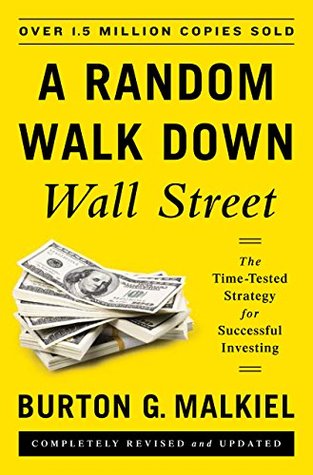Finally, many of the “smart beta” ETFs are more costly to buy and sell than their traditional cap-weighted brethren. Plain vanilla, such as S&P 500, index ETFs trade at prices essentially the same as their net asset values because any differences tend to be quickly arbitraged away. Many “smart beta” ETFs follow nonstandard indexes that are far more difficult to hedge against. Hence, their prices are more likely to deviate from fair value and often trade at significant premiums or discounts from the value of their underlying holdings. Moreover, the successful “smart beta” funds offered by DFA
...more
Welcome back. Just a moment while we sign you in to your Goodreads account.


